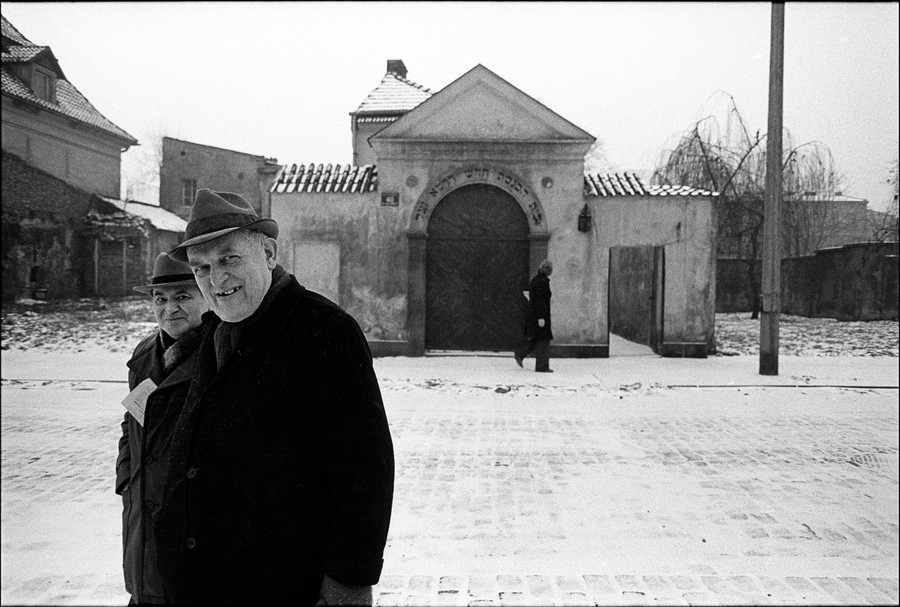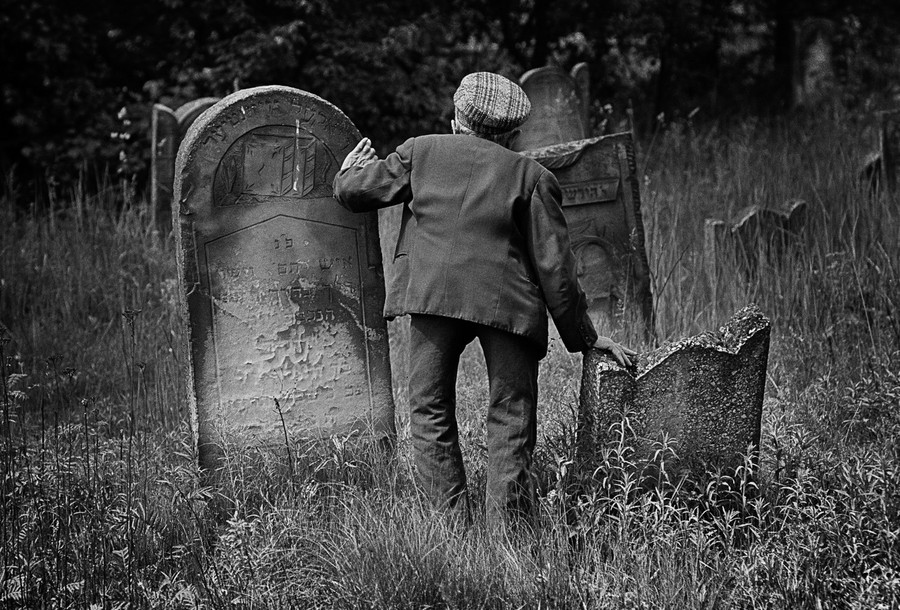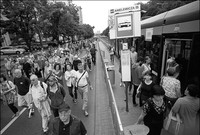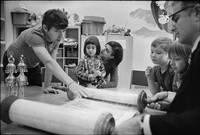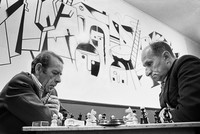The 40-year disappearance and resurgence of Polish-Jewish culture
Each of Chuck Fishman’s photos tell a thousand words.
In 1975, Fishman, a photojournalist, traveled to Poland to examine what Jewish life was like in Poland after the Holocaust. While visiting cities like Lodz, Wroclaw, Warsaw, Krakow, Lublin and Galicia, Fishman discovered that the once vibrant community had dwindled into something much smaller and almost obsolete.
“It seems as if the Jews in Poland were literally on the verge of extinction due to the Holocaust,” Susan Chevlowe, chief curator and museum director at the Derfner Judaica Museum + The Art Collection at the Hebrew Home, said.
Fishman’s discovery led to a book, “Polish Jews: The Final Chapter,” and later prompted multiple trips to the country throughout 1979 and 1983. He visited kosher kitchens, synagogues and children learning Hebrew to pinpoint the ways in which Jewish culture was still alive in a country still ruled under communism.
Three decades later, Fishman returned to Poland and was surprised to find a full resurgence of Jewish culture. He photographed synagogues, schools, weddings, cultural festivals, funerals and more to capture the major overhaul Poland experienced post-communism.
Now, 36 of his black-and-white photographs will be on display at “Chuck Fishman: Roots, Resilience and Renewal — A Portrait of Polish Jews, 1975–2016,” a new exhibition at the Derfner Judaica Museum that runs Sept. 17 through Jan. 7. The images were hand-printed from Fishman’s original negatives.
For Chevlowe, Fishman’s photographs are astounding to look back at because of their honest portrayal of Judaism in people’s lives post-Holocaust and post-communism.
“What I love about them is really how he captures people’s animated spirits, just their zest for life,” she said.
Chevlowe recalls looking at a photograph of people walking through the streets during the March of Remembrance and Hope — an annual event where people from all ethnic backgrounds visit Holocaust-related areas of Germany and Poland. Seeing Fishman had caught a group of people walking toward the Warsaw Ghetto — the largest Jewish-occupied part of the city during World War II — in 2016 was moving because of how much has changed for the Polish-Jewish community in more than 70 years.
“I think that makes it haunting and compelling, but very modern and exhilarating at the same time,” Chevlowe said.
Another touching part of Fishman’s series for her was seeing the ways in which younger Polish people embraced their Judaism after learning of their religion decades after their relatives had to keep it a secret for their own safety. So when it comes to bringing them to the Derfner Judaica Museum, Chevlowe sees Fishman’s photographs as an opportunity to extend that pride.
“This exhibition show us the living people and the culture — past and present — who animate all of the objects and artifacts that are on display at the museum,” Chevlowe said. “I think some of the visitors will know a lot of this history, and some won’t.
“So I think it’s a wonderful learning opportunity for those who don’t know a lot. It’s a very complicated story of Poland.”
And an especially important one in today’s political climate.
“I think (the photographs are) very hopeful at a time in the world when we need hope that life regenerates and the unexpected happens,” Chevlowe said.


